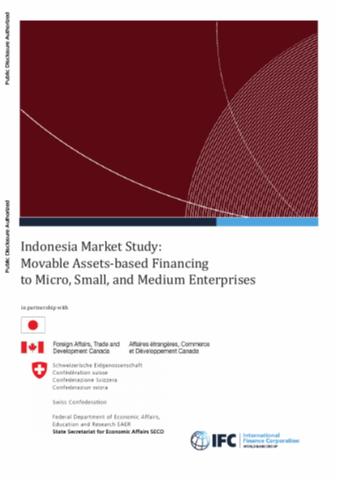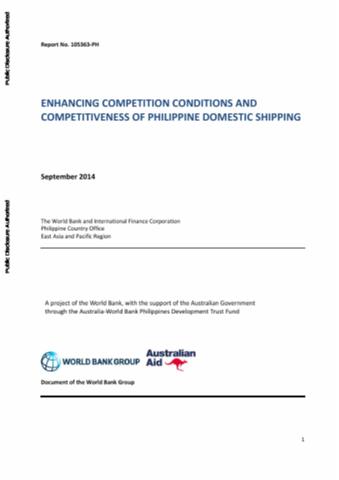The World Bank is a vital source of financial and technical assistance to developing countries around the world. We are not a bank in the ordinary sense but a unique partnership to reduce poverty and support development. The World Bank Group has two ambitious goals: End extreme poverty within a generation and boost shared prosperity.
- To end extreme poverty, the Bank's goal is to decrease the percentage of people living on less than $1.25 a day to no more than 3% by 2030.
- To promote shared prosperity, the goal is to promote income growth of the bottom 40% of the population in each country.
The World Bank Group comprises five institutions managed by their member countries.
The World Bank Group and Land: Working to protect the rights of existing land users and to help secure benefits for smallholder farmers
The World Bank (IBRD and IDA) interacts primarily with governments to increase agricultural productivity, strengthen land tenure policies and improve land governance. More than 90% of the World Bank’s agriculture portfolio focuses on the productivity and access to markets by small holder farmers. Ten percent of our projects focus on the governance of land tenure.
Similarly, investments by the International Finance Corporation (IFC), the World Bank Group’s private sector arm, including those in larger scale enterprises, overwhelmingly support smallholder farmers through improved access to finance, inputs and markets, and as direct suppliers. IFC invests in environmentally and socially sustainable private enterprises in all parts of the value chain (inputs such as irrigation and fertilizers, primary production, processing, transport and storage, traders, and risk management facilities including weather/crop insurance, warehouse financing, etc
For more information, visit the World Bank Group and land and food security (https://www.worldbank.org/en/topic/agriculture/brief/land-and-food-security1
Resources
Displaying 1266 - 1270 of 4907China : From Afforestation to Poverty Alleviation and Natural Forest Management
This case study is one of six
evaluations of the implementation of the World Bank's
1991 Forest Strategy. This and the other cases (Brazil,
Cameroon, Costa Rica, India, and Indonesia) complement a
review of the entire set of lending and nonlending
activities of the World Bank Group and the Global
Environment Facility. This OED study finds that while
China's forest program was highly successful, much
City Development Strategy : Peshawar, Volume 2. Assessment
The newly delineated Peshawar City
District (PCD) has undergone significant transformations in
the past ten years. Originally encompassing the adjoining
districts of Charsadda and Nowshera, the district gradually
shrunk in size after both sub-divisions acquired a district
status of their own in the mid-nineties. However, as the
provincial capital, Peshawar continues to enjoy a special
status within North West Frontier Province (NWFP). It houses
Ecosystems Service Improvement Project
Government of India launched the Green India Mission (GIM), which is one of the eight missions, forming part of its national strategy to address climate change through improving forest cover and quality.
Ecosystems Service Improvement Project, Environment and Social Management Framework (ESMF) and Tribal Development Framework by GIM is one of the project under the mission which is to be implemented in the two states of India viz. Madhya Pradesh & Chattisgarh
Indonesia Market Study
The report aims to assess the current market for movable assets based lending with respect to micro, small and medium enterprises (MSMEs) in Indonesia. The sections of the report highlight the addressable demand for MSMEs and the current supply provided by various formal sources of financing in Indonesia. Traditionally, financial institutions have preferred lending against fixed asset collateral only. Using that as a starting point, the report seeks to identify the current challenges in lending against movable assets.
Enhancing Competition Conditions and Competitiveness of Philippine Domestic Shipping
For the economy to attain its full potential, the Philippines requires an efficient water transport system. However, this is presently not the case. The domestic shipping industry is characterized by high costs, low quality of service, and a poor safety record. Logistics cost accounts for 24-53 percent of wholesale price, while shipping and port handling cost around 8 percent of wholesale price and 5 percent of retail price. Philippine domestic shipping is generally more expensive than in Malaysia or Indonesia, 2 other archipelagos.








